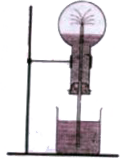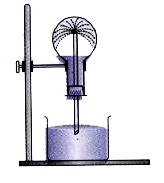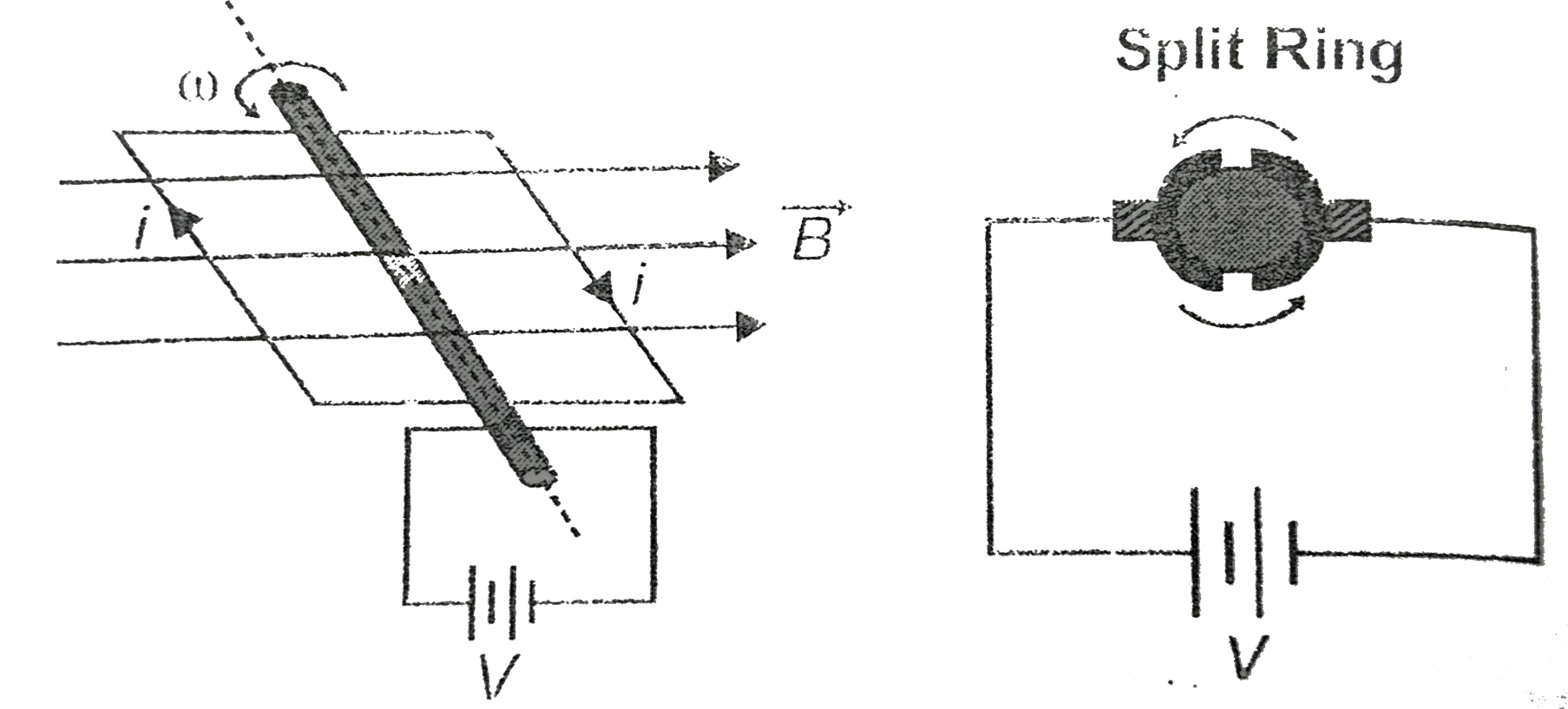Describe a simple experiment to verify the principle of moments, if you are supplied with the metre rule, a fulcrum and two springs with slotted weights.
Step by step video & image solution for Describe a simple experiment to verify the principle of moments, if you are supplied with the metre rule, a fulcrum and two springs with slotted weights. by Physics experts to help you in doubts & scoring excellent marks in Class 10 exams.
Updated on:21/07/2023Topper's Solved these Questions
- FORCE BOOK - ICSECHAPTER - FORCE EXERCISE - EXERCISE 1(A) Multiple choice questions
2 Videos
- FORCE BOOK - ICSECHAPTER - FORCE EXERCISE - EXERCISE 1(A) Numericals
18 Videos
- FORCE BOOK - ICSECHAPTER - FORCE EXERCISE - EXERCISE 1( C) Multiple Choice questions
2 Videos
- ELECTRO-MAGNETISM BOOK - ICSECHAPTER - ELECTRO-MAGNETISM EXERCISE - EXERCISE-10 (C) NUMERICALS
1 Videos
- HOUSEHOLD CIRCUITS BOOK - ICSECHAPTER - HOUSEHOLD CIRCUITS EXERCISE - EXERCISE -9(B) (MULTIPLE CHOICE TYPE)
2 Videos
Similar Questions
Describe an experiment to verify Archimedes' principle.
View SolutionDescribe a simple experiment to illustrate that like poles of two magnets repel each other while unlike poles attract.
View SolutionDescribe a simple experiment to determine the speed of sound in air. What approximation is made in the method described by you ?
View SolutionThe diagram shows a simple arrangement of the fountain experiment:

Name the two gases you have studied which can be used in this experiment.
View SolutionThe diagram shows a simple arrangement of the fountain experiment:
Name the two gases you have studied which can be used in this experiment.

View SolutionUsing the principle of Wheatstone Bridge, describe the method to determine the specific resistance of a wire in the laboratory. Draw the circuit diagram and write the formula used. Write any two important precautions you would observe while performing the experiment.
View Solution(a) Describe any two characteristic features which distinguish interference and diffraction phenomenon. Derive the expression for the intensity at a point of the interference pattern in Young.s double slit experiment.
(b) In the diffraction due to a simple slit experiment, the aperture of the slit is 3 mm. If monochromatic of wavelength 620 nm is incident normally on the slit, calculate the separation between the first order minima and the third order maxima on one side of the screen. The distance between the slit and the screen is 1.5 m.
View SolutionA dc motor works on the principle that a current carrying coil, when placed in a magnetic field experiences a torque. The arrangement consists of a coil suspended in a region of magnetic field. When a current is passed through the coil, it experiences torque and starts rotating. A simple arrangement is shown below.

The coil rotates under the action of torque. The current is supplied to the coil by an arrangement of two sliding contacts and a split ring. As the coil rotates, the magnetic flux linked with the coil changes. This leads to production of an induced emf ε in the coil. By Lenz's law, the induced emf opposes the applied voltage and therefore, it is called back emf. If R is the resistance in the coil, the current i flowing through the coil at any instant is i=V−εR. The back emf is developed due to induction and it is directly proportional to speed of rotation and it is directly proportional to speed of rotation of the motor. There is a continuous power loss i2R in the motor, in form of heat.
When a dc motor is running unloaded (full speed) the current through it is 1 A. What will be the current flowing through the motor, when it is loaded to run at half its maximum speed, it applied voltage is 10 V and armature resistance is 5Ω
View SolutionA dc motor works on the principle that a current carrying coil, when placed in a magnetic field experiences a torque. The arrangement consists of a coil suspended in a region of magnetic field. When a current is passed through the coil, it experiences torque and starts rotating. A simple arrangement is shown below.

The coil rotates under the action of torque. The current is supplied to the coil by an arrangement of two sliding contacts and a split ring. As the coil rotates, the magnetic flux linked with the coil changes. This leads to production of an induced emf ε in the coil. By Lenz's law, the induced emf opposes the applied voltage and therefore, it is called back emf. If R is the resistance in the coil, the current i flowing through the coil at any instant is i=V−εR. The back emf is developed due to induction and it is directly proportional to speed of rotation and it is directly proportional to speed of rotation of the motor. There is a continuous power loss i2R in the motor, in form of heat.
In a dc motor, V is applied voltage, ε is back emf, i is current through the motor and R is resistance of the coil. mechanical power output of the motor is
View SolutionA dc motor works on the principle that a current carrying coil, when placed in a magnetic field experiences a torque. The arrangement consists of a coil suspended in a region of magnetic field. When a current is passed through the coil, it experiences torque and starts rotating. A simple arrangement is shown below.

The coil rotates under the action of torque. The current is supplied to the coil by an arrangement of two sliding contacts and a split ring. As the coil rotates, the magnetic flux linked with the coil changes. This leads to production of an induced emf ε in the coil. By Lenz's law, the induced emf opposes the applied voltage and therefore, it is called back emf. If R is the resistance in the coil, the current i flowing through the coil at any instant is i=V−εR. The back emf is developed due to induction and it is directly proportional to speed of rotation and it is directly proportional to speed of rotation of the motor. There is a continuous power loss i2R in the motor, in form of heat.
The mechanical power output of a dc motor is maximum, when the current through the motor is
View Solution
